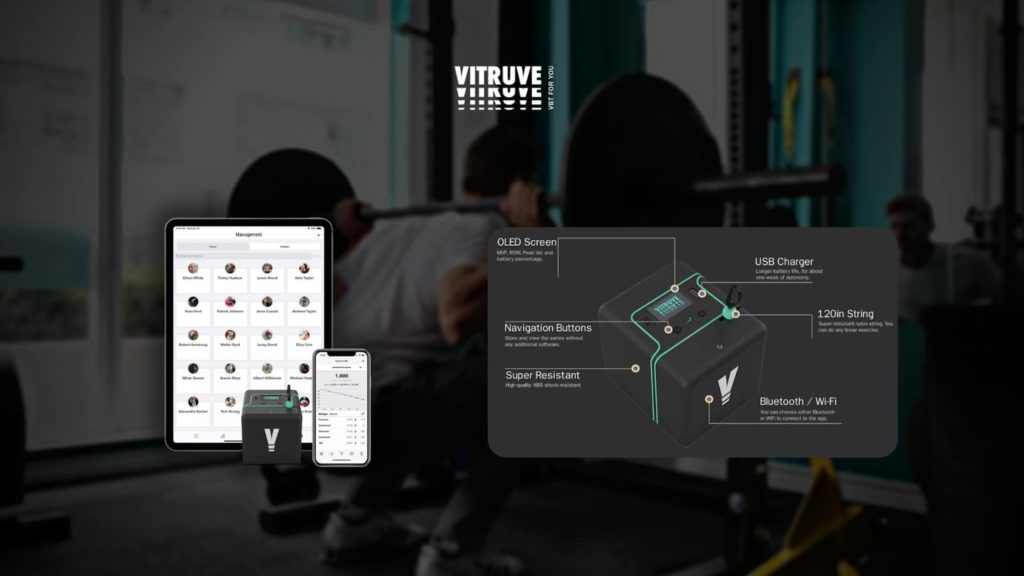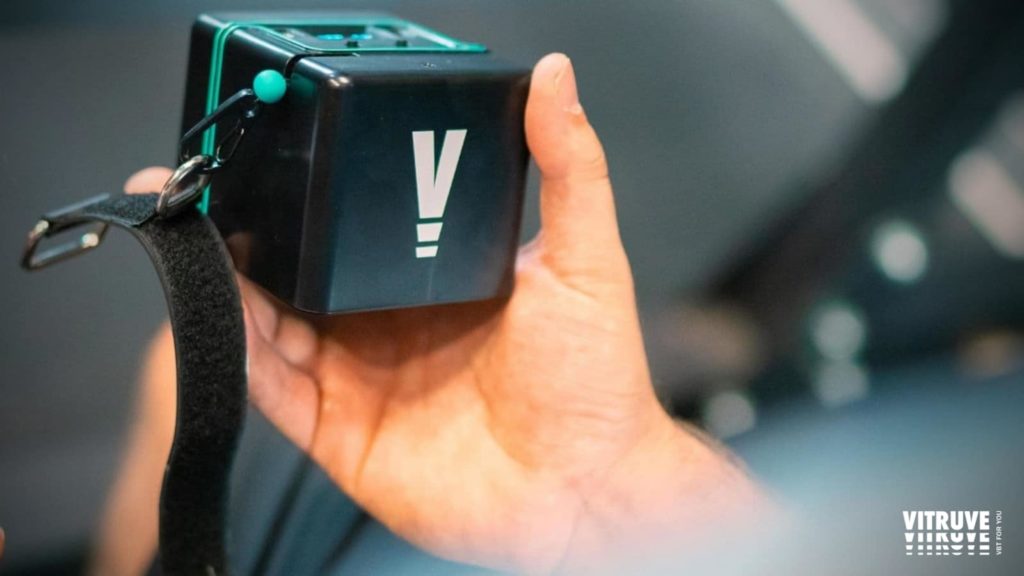7 de April de 2022
Velocity based training explained: the science behind it
Several tools have started to show up on the market in recent years to help you measure your power and speed during resistance training workouts. The best thing about these tools is their benefits extend beyond the provision of figures that tell you where you stand. The most important thing of all is a progressing enthusiasm these tools help you achieve as you continue to get better figures.
These tools have become so commonplace that they now help fitness coaches develop entire modalities of training regimens. One such modality is velocity-based training, also known as VBT.
In this article, we will discuss what’s involved in velocity-based training.

What is Velocity-Based Training?
Even the concept of VBT has prevailed more in recent times, it is not new. Thanks to the development of technology and accessibility of information, business enterprises have taken the advantage of the opportunity to create technological tools that help athletes and fitness coaches track the performance of VBT.
The increased interest in this niche has driven some very astounding developments that have benefited VBT application and technology. For instance, linear position transducers and wearable accelerometers help athletes measure their barbell velocity and develop a load velocity profile.
Why is VBT Useful?
Personal trainers, coaches, and gym trainers have to deal with many variables such as volume, frequency, rest, intensity, and tempo while developing resistance training programs for their clients or athletes. While some of these variables such as rest time and frequency are easy to calculate, other variables such as intensity are usually hard to analyze.
Now the question is why is intensity hard to measure?
Training intensity is usually measured as a percentage of 1-RM. The 1-RM of an athlete is measured by testing an athlete’s strength before starting a new program and then measuring it at the end of that program. This basic check allows a coach or trainer to see how much their athlete’s strength has improved throughout the program. However, it is not as simple as it sounds.
Calculating the percentage of 1-RM involves measuring training intensity using a traditional or percentage-based approach. However, this calculation becomes trickier when there is a daily massive fluctuation in strength.
For example, the level of strength measured before a rugby match may very well be different from that on the other day. Therefore, the coaches or athletes themselves may need to adjust prescribed training loads accordingly. VBT allows for an easy adjustment of training loads in this regard.
How is VBT used?
With many practitioners adopting VBT, we have got more minds to generate more ideas. As a result, there are now many ways to use VBT, including minimal velocity thresholds, load-velocity profiling and predicting 1-RM, providing augmented feedback, autoregulation, and so on.
These are undoubtedly some mouthful of terms that may seem overly complicated. But these techniques are based on some fundamental metrics involved in VBT. Here is a brief overview of those metrics.
Mean Concentric Velocity
Mean concentric velocity is referred to as the measurement of average speed during a concentric period of an exercise. These metrics help measure the progress of strength-based exercises such as deadlifts, back squats, prone pulls, and bench presses. Mean concentric velocity is mainly used for strength-based workouts that involve acceleration and deceleration phases.
Peak Concentric Velocity
Peak concentric velocity is a metric involving the measurement of peak speed during the concentric phase of a workout and is calculated every five milliseconds. This metric helps measure your performance during power-based workouts, including snatch, power clean, jump squat, and bench press throw. The reason Mean Concentric Velocity is not ideal for these ballistic/power-based movements is these involve accelerated movements and a trajectory period.
Another important point is that some power-based movements, like the power clean, involve a slower first pull phase followed by an explosive and fast pull phase. Hence, using the mean concentric velocity in such movements will not produce accurate data.
Mean Propulsive Velocity
Mean propulsive velocity is referred to as the portion of the concentric phase during which the measured acceleration is more than the gravity.

Devices and Technology used in Velocity-Based Training
A range of devices and technologies are available today to help athletes measure their velocity during workouts. Let’s have a brief look at some of those technologies.
Linear Positional Transducers (LPT)
Linear positional transducers are one of the earliest technologies used in professional fitness training. Even today, it is one of the most popular methods to measure your gym performance. These devices consist of a rotary encoder and a string spool that you can connect with the training equipment. The string spool unspools when you move the equipment. This string sends positional data to a digital display when uncoiling or retracting, helping calculate velocity, displacement, and power output.
With the help of linear positional transducers, you can calculate your speed and velocity during the workout. Some devices come equipped with X-axis correction to make the device placement compliant to the implementation.
Accelerometers And Wearables
Wearable technology used in health and fitness tracking applications mainly comes equipped with multi-axis accelerometry. You will find a lot of wearable and bar-mounted devices that help you measure the real-time velocity during different kinds of workouts. And one of the reasons these devices are adopted more is their simpler and smaller construction than transducers. Hence, these are more portable devices and can be used with exercises that require extensive movement. Moreover, these devices are cost-effective.
Wrapping Up
So, do you want to add some rigor to your workouts to increase your gains? VBT is surely your thing. This training modality allows you to build speed and power without getting caught by fatigue, meaning that you will be able to exercise more and achieve your fitness goals fast.
Having that said, tracking is a vital part of VBT. For this purpose, you have to make sure that you use the right tool to measure your performance. One of the best tools in this regard is Vitruve, a small, portable device that can be attached with different types of training equipment to help you measure your training velocity through its real-time feedback.

